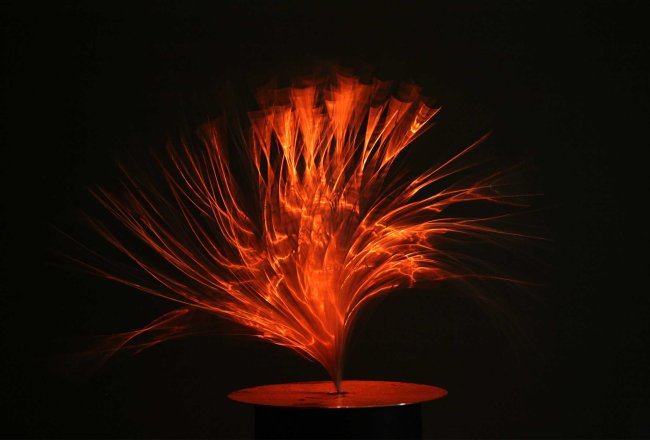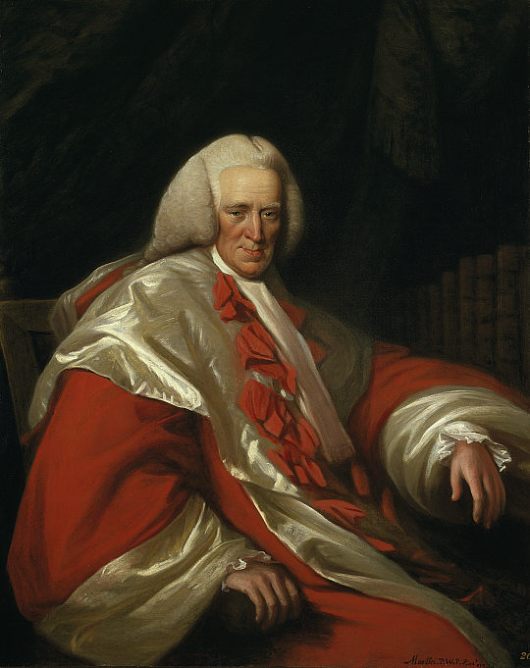Visitors to “Len Lye: Kaleidoscope” at Wellington City Gallery are told, via the informative labels, that the young Len Lye questioned why motion could not be manipulated and composed in the way that sound is composed into music. The Wellington retrospective of Lye’s kinetic sculptures sets out a career’s worth of Lye’s exploration of this question, but left this viewer asking another one: whether Lye ever managed to transcend the novelty and originally of this first idea.
The exhibition, curated by Paul Brobbel,, is promising. The first room is a veritable carnival of kinetic imagination – a cornucopia of whirling bars, convulsing metal bands and singing metal trees. The ratio of children to adults in the exhibition did nothing to allay my fear that I had walked into a fairground sideshow containing the wicked, playful imaginings of a precocious child.
Is there a common theme to Lye’s three-dimensional imaginings? A metallic mobius strip of sheet metal that makes a noise on contact with a floating metal ball. The intervals between successive contacts vary and so does the force and angle at which the two collide, leaving the viewer engaged in this pyrrhic game of sonic chicken. A long, malleable pole spins on an axis so fast it becomes a long, dancing line, like an out-of-control helicopter blade. It’s all fun and games, united by the fascination with kinesis, sounds and the troublesome relationship with human perception.
In the 18th Century, a Scottish philosopher-jurist, Henry Home, Lord Kames, was similarly preoccupied with what breaching the gulf between what was perceived and what could be known. “Superficial knowledge” – that is, what could be guessed at without experiment – “produces the boldest adventurers, because it gives no check to the imagination when fired by a new thought”. Kames believed it was necessary to apply rigorous Newtonian scientific methods to new discoveries so that they might be upheld as indisputable, scientific truths. Over 200 years later – the once-unchallengeable faculty of objective scientific reason ripped from the philosophic pantheon by the jealous tempest of postmodernism – humans are left with a profound doubt that anything we can ever see has some grounding and importance.
Lye doesn’t engage with this debate per se, but his fluctuating, sensoramic metal beams challenge our preconceptions of what metal’s tensile capabilities. He taunts the senses with unanswered, unending kinetic and sonic questions, like a record player perpetually stuck in the same groove. “Kaleidoscope” shows that Len Lye has created the language for a musical exploration of kinetic sculpture that will challenge not just the senses, but how much we trust them.

